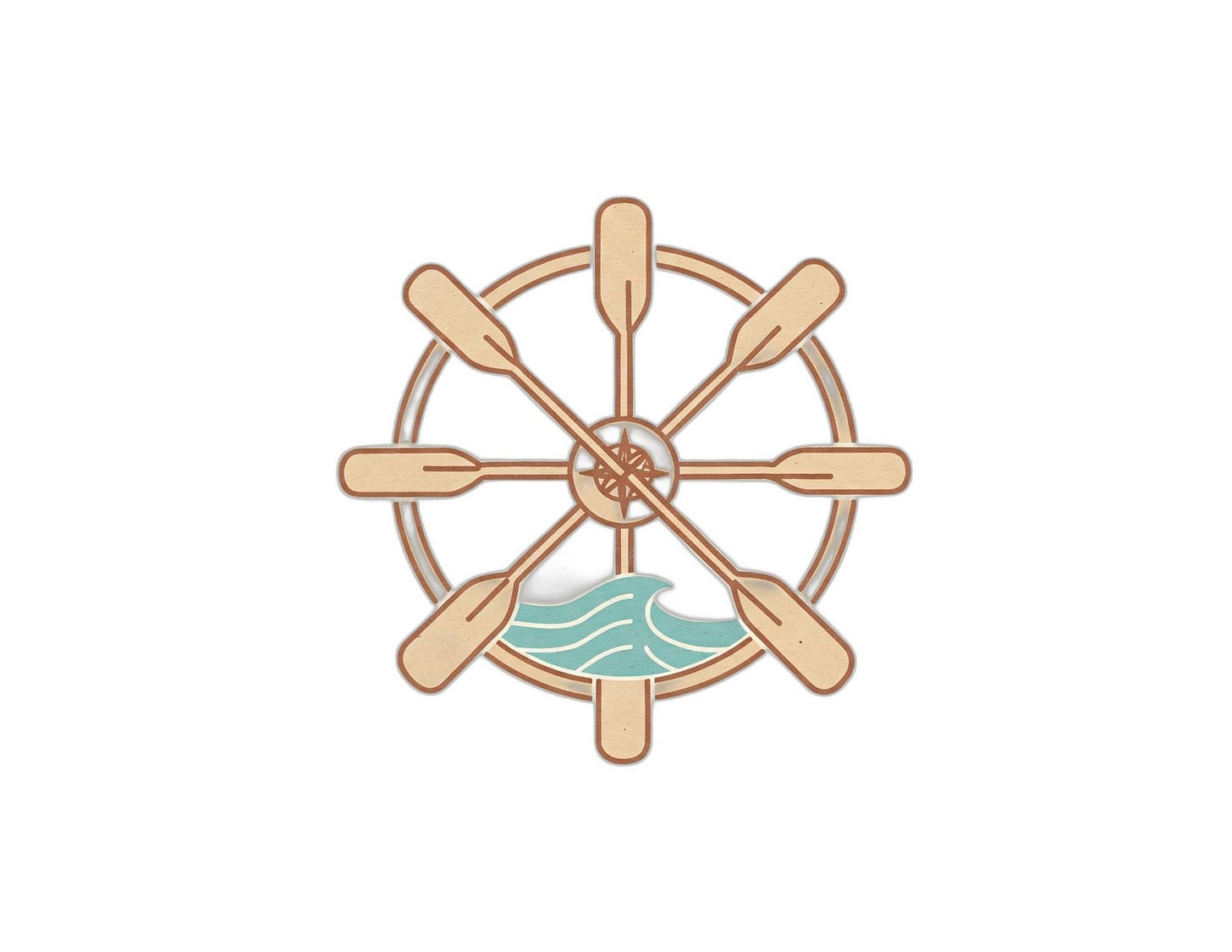The four realities
In the first talk he gave after he had awakened to life as it is, Gotama (The Buddha) presented four important realities.
Firstly, he proposed that life is difficult, disappointing and painful. We don’t get much of what we want, but we do get an awful lot of what we don’t want. He suggested that we investigate, recognise, and understand the experience of pain.
Secondly, he goes on to point out that much of the pain of life comes as a result of natural human cravings, compulsions, preferences and aversions which, he says, can be overcome and abandoned.
Thirdly, he then says that it is totally possible for anyone to personally experience and verify the absence of these harmful cravings.
Lastly, Gotama suggests that we actively engage in a programme which supports the abandonment of harmful cravings, and which also minimizes unnecessary and avoidable pain.
Raft to Recovery is one such programme.
The dangerous shore, the safe shore, and the crossing
Gotama often spoke of our conditioned existence, entangled in craving and confusion, as a dangerous shore, fraught with risk and suffering. This may resonate with your experience of addiction – the feeling of being caught in currents of craving, tossed by waves of difficult emotions, and stranded far from genuine peace.
However, he also spoke with certainty of a safe shore – the possibility of liberation, a state of freedom from the grip of craving characterised by peace, clarity and profound wellbeing. RAFT to Recovery will enable you to navigate the vast expanse between these two shores.
How do we cross the river from danger to safety? Gotama suggested that we need to build a raft – a vessel we skilfully construct using what materials are available to us. We use the acronym RAFT as our blueprint, guiding us through four essential stages that are based on Gotama’s four core realities.
R – Recognise
The journey begins with honestly recognising the situation we find ourselves in. This involves understanding the nature of suffering – both the inherent difficulties of life and the specific suffering caused by addiction. We survey the dangerous riverbank and gather the raw materials of our experience through mindful awareness.A – Abandon
Next, we learn to abandon the primary cause of our self-inflicted suffering: craving. This involves understanding how craving fuels addiction, and how we develop the inner strengths (the five defenders) and the heart qualities (self-compassion, self-love, self-appreciation and self-balance) needed to skilfully let go of harmful compulsions, and remove their roots.F – Freedom
Then, we turn towards our destination, actively familiarising ourselves with the possibility and direct experience of freedom. We learn to notice, appreciate, and stabilise moments of peace, non-craving, and clarity, cultivating the seven navigational tools (or factors of awakening) that are the signs of a mind moving towards liberation.T – Train
Finally, we commit to training the body, heart and mind using the middle way as the path that leads reliably to a safe shore. This involves engaging diligently with the instructions of the eightfold path which is both our instruction manual and navigational map (this is comparable to a structured recovery programme), integrating wisdom, ethical conduct, and mental discipline into our lives.
For further information, please visit www.raftrecovery.org





